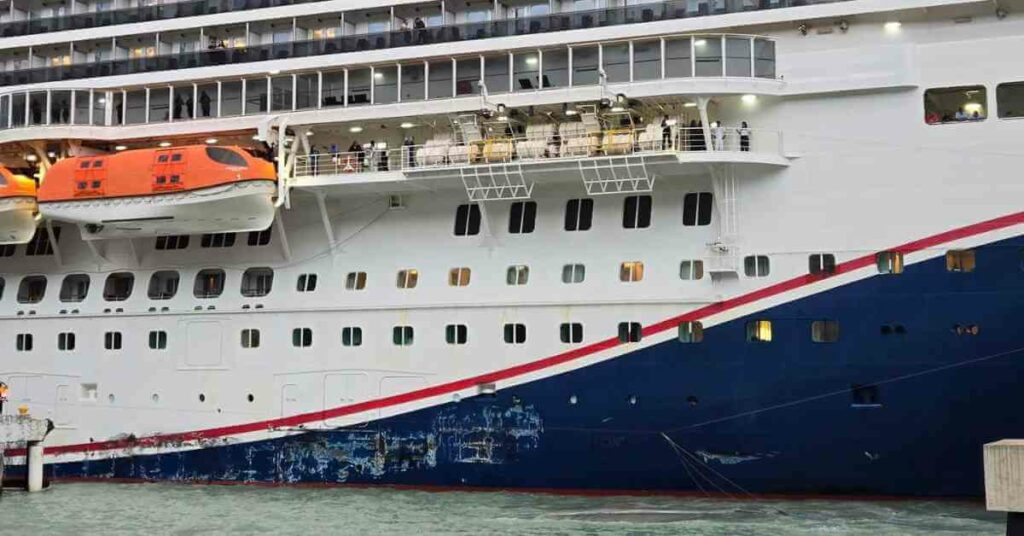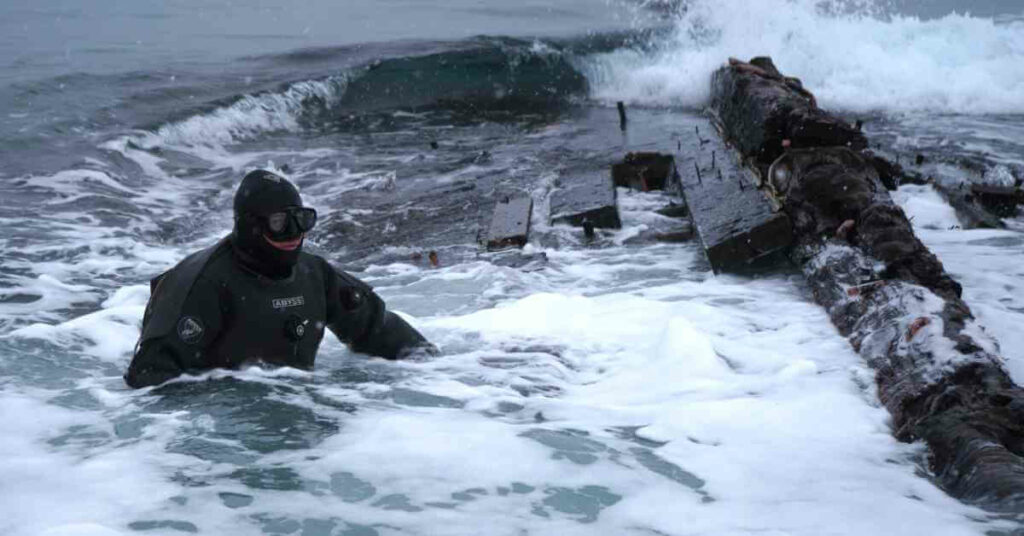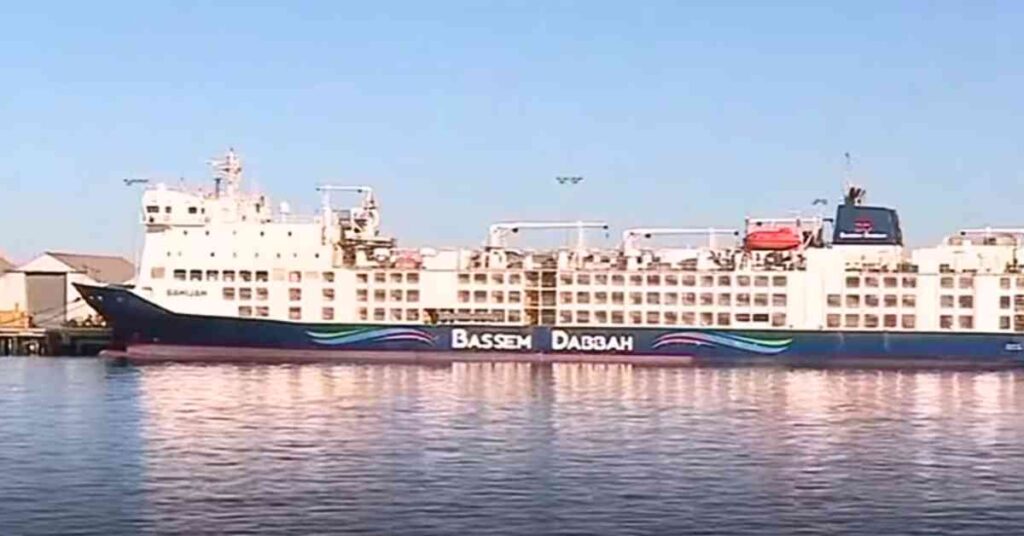Video: How Much Fuel Does A Cruise Ship Consume?
Do you know that a few hours of fuel consumed by a ship is equivalent to that consumed by a car in its lifetime?
So how much fuel does a Cruise Ship consume in a day?
A ship’s fuel consumption depends on several factors, such as Ship Size, hull form, carrying capacity, Vessel Route, Engine Characteristics, Sailing Speed, etc.
A large cruise ship, over 300 meters in size, might consume up to 250 tons of fuel daily, equivalent to over 80,000 gallons of fuel.
That means the cruise ship is spending approximately – 130,000 US $/ day on low-grade fuel, and if it uses Marine Gas oil, which is a cleaner fuel, it will cost a ship whopping ~US $ 300,000/ day.
The figures at 85% and above load go as high as 235 to 250 MT of fuel per day.
The fuel consumption for such ships is reduced to 150MT when operating in the eco speed range, also called slow steaming.
Whereas moderately sized cruises, varying between 150 to 250 meters, the fuel usage goes down fast. This takes into account their short voyages as well as shorter port stays. These typical sizes range between 140 to 180 MT of their 85% and above-rated loads of fuel consumption.
The declining trend continues for the passenger capacity and the size of cruises. It reflects that smaller passenger carriers typically use 100 to 120 MT of fuel.
As vessels shrink in size, so does their fuel consumption. In general, a more massive object requires more power to get moving. That power comes from fuel.
The highest consumptions go into the maintenance of 5- and 7-star facilities onboard for the passengers.
Cruise ships consume much more fuel than the average cargo vessel. However, this is an exception to the large container ships with higher consumption limits. Therefore, one must understand how much fuel a cruise ship uses and why it is relatively high.
Modern cruise ships use LNG propulsion to eliminate the demerits of diesel fuel. The storage of LNG and its usage parameters differ from that of any other available fuels. Its higher calorific value also dramatically affects the fuel efficiency of the engines.
The changing market is shifting fast towards LNG sources for propulsion to curb harmful emissions from ships.
However, the supply of LNG fuel and its increase in cost due to the Russia-Ukraine war has become a challenge for ship operators.
How much fuel does your ship or ride uses daily? Let us know in the comments.
Disclaimer: The authors’ views expressed in this article do not necessarily reflect the views of Marine Insight. Data and charts, if used in the article, have been sourced from available information and have not been authenticated by any statutory authority. The author and Marine Insight do not claim it to be accurate nor accept any responsibility for the same. The views constitute only the opinions and do not constitute any guidelines or recommendations on any course of action to be followed by the reader.
The article or images cannot be reproduced, copied, shared or used in any form without the permission of the author and Marine Insight.
Do you have info to share with us ? Suggest a correction

About Author
Zahra is an alumna of Miranda House, University of Delhi. She is an avid writer, possessing immaculate research and editing skills. Author of several academic papers, she has also worked as a freelance writer, producing many technical, creative and marketing pieces. A true aesthete at heart, she loves books a little more than anything else.
Latest Videos Articles You Would Like:
- Cruise Ship Damaged Due To Severe Weather, Passengers Stuck Abroad
- Archaeologists Examine 19th-Century Shipwreck Found On Canadian Coast
- Australia Stops Livestock Ship From Sailing Around Africa To Israel Amidst Houthi Attacks
- Iran Warns U.S. Of Targeting Cargo Ships Following Latest Airstrikes On Houthis
- Watch: Ukrainian Forces Destroy Russian Missile Boat In Black Sea Operation
- Two Dead After Tragic Collision Between Water Taxi And Passenger Ferry In the Philippines
Subscribe To Our Newsletters
By subscribing, you agree to our Privacy Policy and may receive occasional deal communications; you can unsubscribe anytime.















